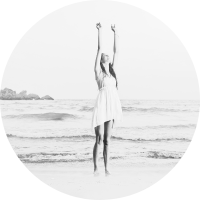
 Katie Wood
Freediver, Writer, Explorer
Katie Wood
Freediver, Writer, Explorer

 Katie Wood
Freediver, Writer, Explorer
Katie Wood
Freediver, Writer, Explorer
Exploration has always been woven into the DNA of freedivers. The ocean’s unknown corners call to us with a force that is hard to describe. Sometimes it begins with a whispered story about a reef no one dives anymore. Sometimes it’s a satellite image revealing a patch of cobalt blue on a forgotten coastline. Sometimes it’s a fisherman pointing toward the horizon with a grin. The allure is always the same: a place unmarked by crowds, unburdened by anchors, and seemingly outside the reach of time.
For freedivers, finding such a spot is more than an achievement. It can feel like discovering a hidden piece of ourselves. The silence is deeper. The fish behave differently. The water moves with its own rhythm, untouched by the noise of human traffic. These are the moments that stay imprinted long after the dive is over. Yet beneath this romantic pursuit lies a tension that few of us like to acknowledge. By searching for these places, by naming them, by sharing them, we also set in motion their inevitable exposure. The same instincts that drive us to explore can become the very forces that erode the places we love.
This is the paradox of the explorer.
In Dahab, the Blue Hole has become a monument to freediving. Its perfect drop into the Red Sea once carried the thrill of discovery for the few who came before the world knew its name. Today, it’s crowded with divers, snorkelers, tourists, and GoPros, its serenity traded for accessibility. In Dominica, the quiet bays where whales drifted close to shore are now well-documented and mapped, attracting underwater photographers and athletes from across the globe. In Baja California, reefs once whispered about between friends are now featured in viral spearfishing videos viewed millions of times online.
These are not cautionary tales told to discourage exploration. They are reminders of how quickly the unknown can shift into the known. The modern freediver carries not just fins and mask, but a camera, a GPS, and a global network of followers. A single story can change the fate of a place. A single set of coordinates can set off a chain of arrivals.
Exploration has changed. It’s no longer the slow word-of-mouth transmission between tight-knit communities. It’s immediate, amplified, and permanent. Once a place is shared online, it can’t be unshared.
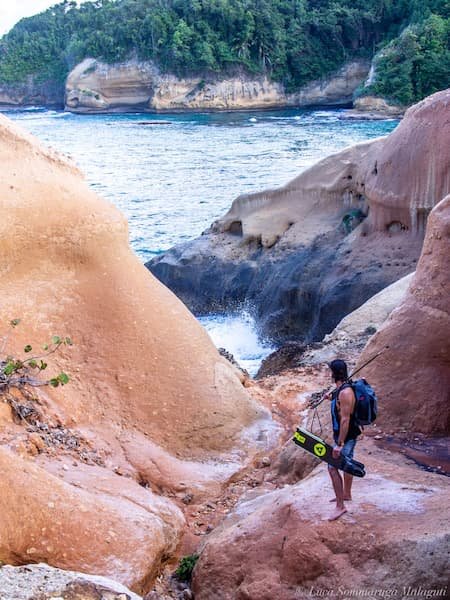
When a freediver finds a hidden cove or an untouched reef, the first impulse is often to document and share. A well-framed video or an image captured in still water can feel like a gift to the community, an invitation for others to witness something extraordinary. But this act, however well-intentioned, often serves as the first domino.
The digital platforms where freedivers gather are structured to reward visibility. Algorithms push the most visually striking content to wider audiences, often far beyond the diver’s intended circle. Hashtags create pathways for strangers to stumble upon locations, sometimes with GPS data embedded in metadata. Comment sections fill with questions: “Where is this?” “What spot is that?” “Can you drop a pin?” Even if the location isn’t explicitly shared, the clues often accumulate. A distinctive rock formation. A coastline visible in the background. A type of coral found only in a few places. Digital detectives are good at their work.
Once a location becomes known, the second wave follows: word spreads among divers, then tour operators, then content creators. The ecosystem of exposure feeds itself. What begins as a personal exploration can quickly morph into mass visitation. Anchors drag, fish get accustomed to human presence, fragile structures break, and the silence that made the place magical starts to fade.
In some cases, exposure doesn’t happen online but through informal networks. Spearfishers might share tips about fish-rich grounds at competitions. Instructors might mention lesser-known sites during courses. Boat captains talk. Local knowledge leaks in a hundred small ways. The outcome is similar: the invisible becomes visible.
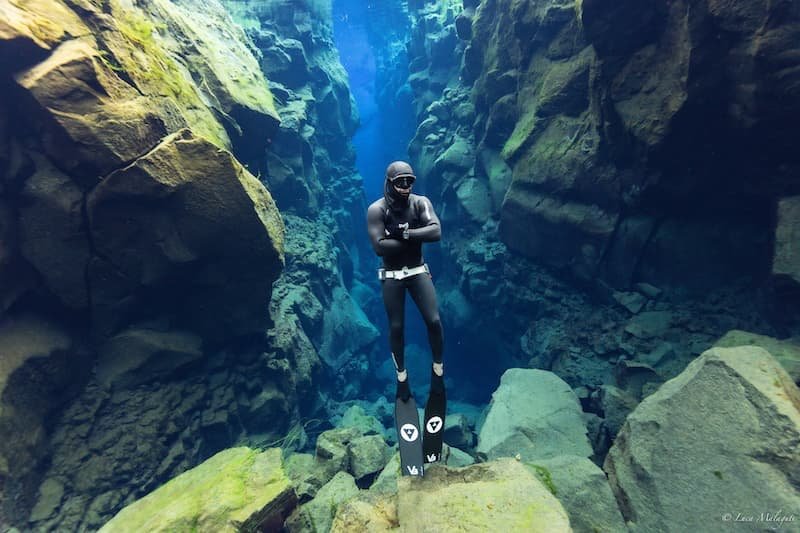
The environmental cost of exposure is real. Freedivers often pride themselves on their minimal impact compared to other forms of marine recreation. There are no tanks, no bubbles, no propellers. But the cumulative effect of many low-impact activities can still be significant. Reefs that once saw a handful of visits a month can suddenly host dozens of divers each day. Sensitive marine life, unaccustomed to human presence, may change behavior, abandon nesting sites, or move to less suitable habitats. Underwater structures that have stood for centuries can crumble under careless kicks and repeated contact.
In spearfishing, the impact can be even more immediate. Once a productive spot is revealed, it can be fished heavily, sometimes to the point where local populations never fully recover. What was once a place of abundance can become depleted in a single season. The excitement of the hunt can give way to silence, not the meditative kind but the empty kind.
Beyond the ecological consequences, there is a cultural cost. Many of these places are part of local traditions, known to communities who have cared for them for generations. Sudden influxes of outsiders can strain relationships, disrupt local economies, and undermine existing stewardship practices. The explorer’s paradox is not only environmental but social.
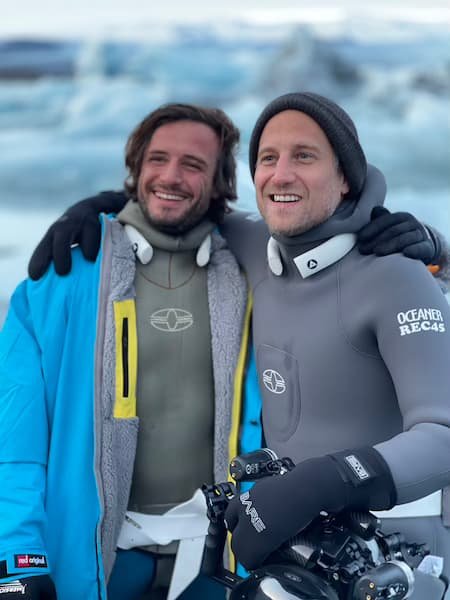
In the past, exploration was about pushing boundaries of geography. Today, it’s about navigating the boundaries of responsibility. The modern freediver must contend with the dual role of being both discoverer and potential catalyst for change, for better or worse. Every dive is a choice. Every shared image is a decision.
Some divers try to keep their discoveries private, sharing locations only with trusted companions. Others use vague references, avoiding coordinates or recognizable landmarks. Some choose to highlight the beauty of a place while deliberately obscuring its specifics, treating their footage like a story rather than a map. These are not perfect solutions, but they are attempts to reconcile the urge to explore with the need to protect.
The line between celebration and exploitation can be thin. Posting about a pristine location can inspire admiration and conservation efforts, but it can also draw crowds. Remaining silent can protect a site but may also limit collective awareness and action. There is no simple answer, only a constant negotiation between intention and outcome.

In the Philippines, hidden reef systems once known only to a few local freedivers became global sensations after viral Instagram posts. Within two years, dive operators began organizing daily trips to the area, bringing dozens of divers at a time. Coral degradation followed, not from malice but from sheer volume.
In Iceland’s Silfra Fissure, the clarity of the water and striking geology turned what was once a quiet geological wonder into a crowded international freediving site. Regulations had to be introduced to limit access, illustrating how exposure can force management interventions.
In French Polynesia, whale encounters were once the privilege of a handful of local divers and researchers. As imagery spread globally, the influx of travelers led to situations where dozens of boats would converge on the same animals. Regulations followed, but the spirit of the original encounters changed. The explorers had found something extraordinary, but their collective discovery altered it permanently.

Responsible exploration requires humility. It means accepting that not every discovery must become a story for the world. It involves evaluating the potential consequences before posting that video, sharing that location, or organizing that trip. It asks divers to think like stewards, not just adventurers.
Some freedivers are beginning to adopt informal codes of conduct. They blur backgrounds in their photos. They limit the distribution of sensitive information. They work with local communities to ensure that any exposure benefits rather than harms. They choose to explore slowly, spending time understanding the rhythms of a place rather than racing to be the first to post about it.
Exploration can also take the form of advocacy. Instead of merely revealing locations, explorers can use their platforms to tell deeper stories about marine ecology, local traditions, or conservation challenges. They can inspire others to care without drawing them all to the same place. It’s a more demanding form of storytelling, one that requires patience and restraint.
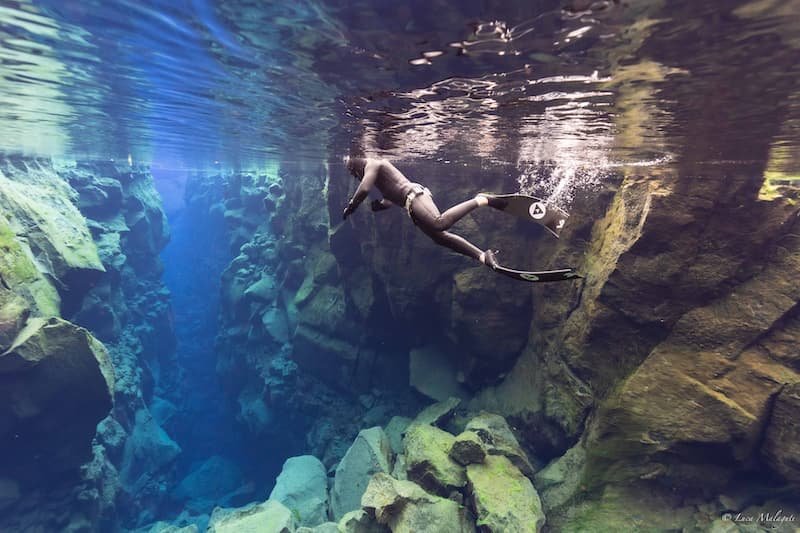
The paradox will not disappear. The urge to find new places is too deeply rooted in human nature, especially for those drawn to the ocean’s hidden worlds. But perhaps the definition of the explorer can evolve. The future of exploration may belong to those who balance curiosity with care, who understand that every act of discovery carries consequences, and who are willing to act accordingly.
Being an explorer in the age of global connectivity means recognizing the power of one’s actions. It means understanding that a simple post can ripple across continents. It means choosing which stories to tell and which to hold close. The most meaningful discoveries may be the ones shared quietly, within communities that respect and protect, rather than broadcast to the masses.
For freedivers, this is not a restriction but an invitation. An invitation to dive deeper not only into the water but into the ethics of what it means to explore. The ocean does not need more discoverers. It needs more guardians disguised as explorers.
References
Bennett, N. J., et al. “Environmental Stewardship: A Conceptual Review and Analytical Framework.” Environmental Management, 2018.
Olivier, J., et al. “Tourism Impacts on Coral Reefs: Increasing Knowledge, Decreasing Concerns?” Environmental Research Letters, 2020.
Sala, E., et al. “The Economics of Ecosystems.” Science, 2013.
Thompson, R. C., et al. “Lost at Sea: Where Is All the Plastic?” Science, 2004.
UNESCO. “Visitor Impacts on Marine Protected Areas.” UNESCO World Heritage Centre Reports, 2019.